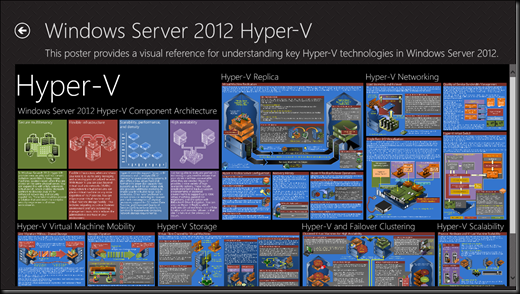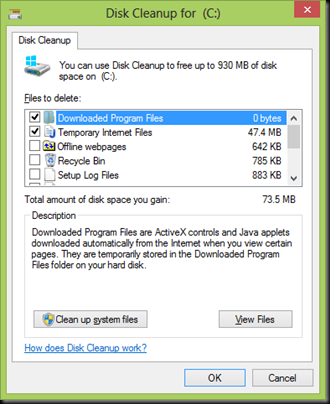Have you ever try to export Remote IP on your Exchange Server Receive Connector ? I bet you will guess by using Exchange Management Shell (EMS), the answer is correct! ![]()
You can execute it by typing Get-ReceiveConnector –Identity ServerName\Relay | ft RemoteIP*, and you get result like the following below.
As you can see, there’s three magnificent dots at the end and you’re guessing, “How in the world expand those dots?”
Actually its pretty simple, just execute this command : Get-ReceiveConnector ("ServerName\Relay").RemoteIPRanges
And then maybe you can export it to CSV or TXT file ![]()











